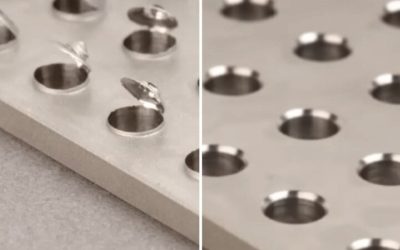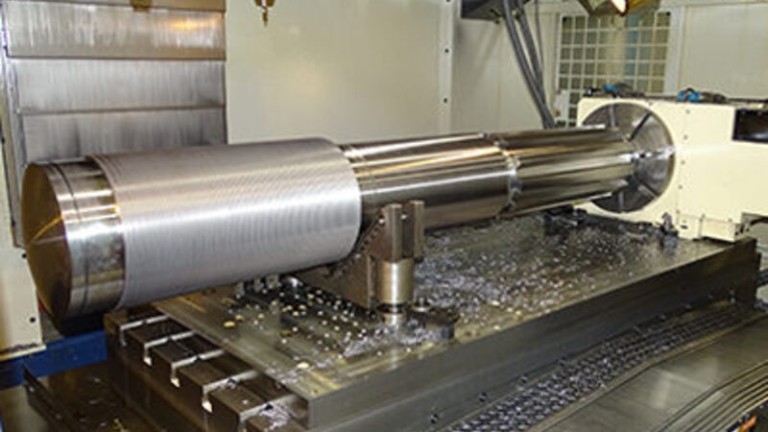In the industrial realm of metal manufacturing, a number of different processes exist. They may fall under different categories, including production and fabrication. Fabrication involves diverse procedures and techniques. The goal is to produce a component that conforms to the exacting specifications of the customer.
Fabrication: Processes and Procedures
Metal fabrication is a common component of those who are in the manufacturing industry. Metalworkers and manufacturers rely on the skill and varied services of this metal industry to provide them with certain essential services. Among the various processes involved in fabrication are the following:
* Deformation: This comprises taking the material and performing any of the following actions:
Bending
Drawing
Forging
Rolling
* Machining: This is a material removal or subtractive process. Among the most common types of processes are:
Cutting
Punching
Shearing
Stamping
* Joining/Assembly: This is one of the final steps in metal manufacturing. It can require manual assembly or involve automatic/robotic equipment. Types of procedures are:
* Adhesives/glues: The type will depend upon the specific material and whether it is metal-on-metal or plastic-to-metal
Brazing
Bolting
Welding: Various types of welding are available to address specific needs and requirements including MIG. TIG, spot, and stick
* Finishing: Some fabrication shops provide different types of finishing processes. It will depend upon the component, the customer and the capabilities of the fabrication shop. Some companies, for example, will request a powder coating to finish the workpiece; others may ask for galvanization or a paint job to provide further protection or improve the appearance of a part
Fabrication can be extensive or restrictive. It will depend upon the specific requirements of each customer.
Metal Manufacturing
When it comes to working with metal, different shops have different approaches and capabilities. In the process of metal manufacturing, companies may turn to fabricators to ensure the final product meets the standards of their requirements and the stringent demands of their specifications.


